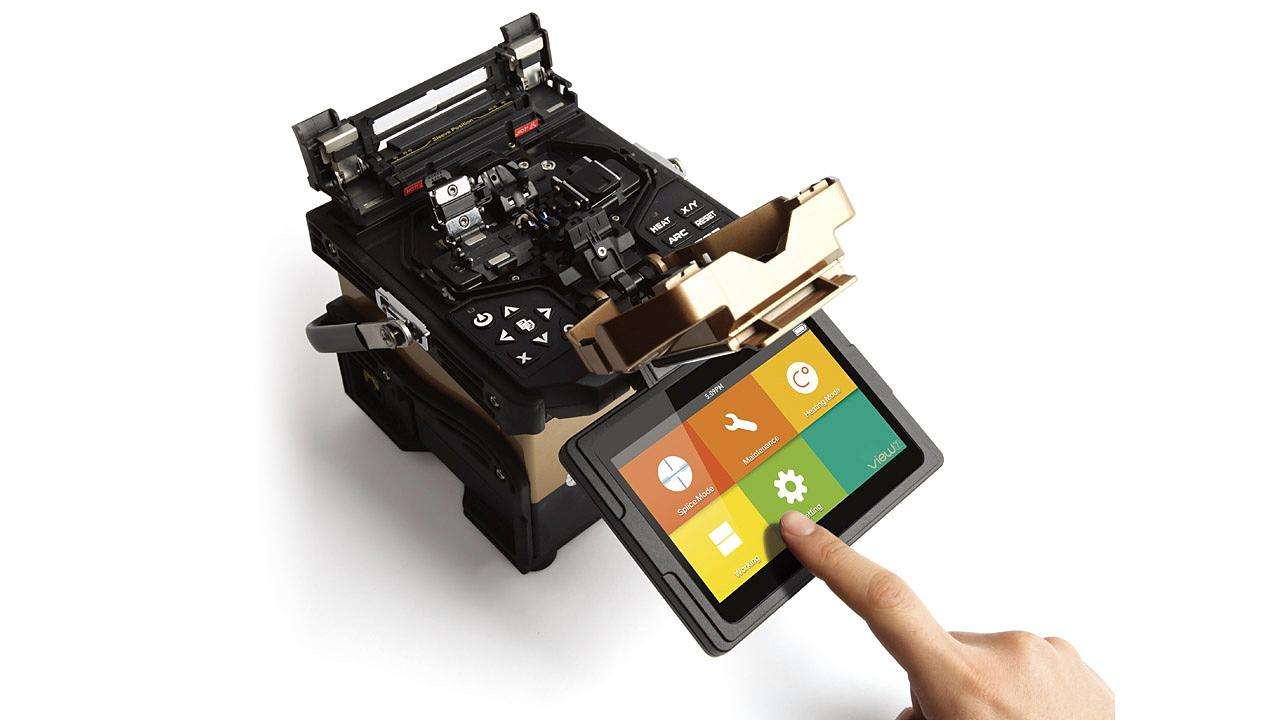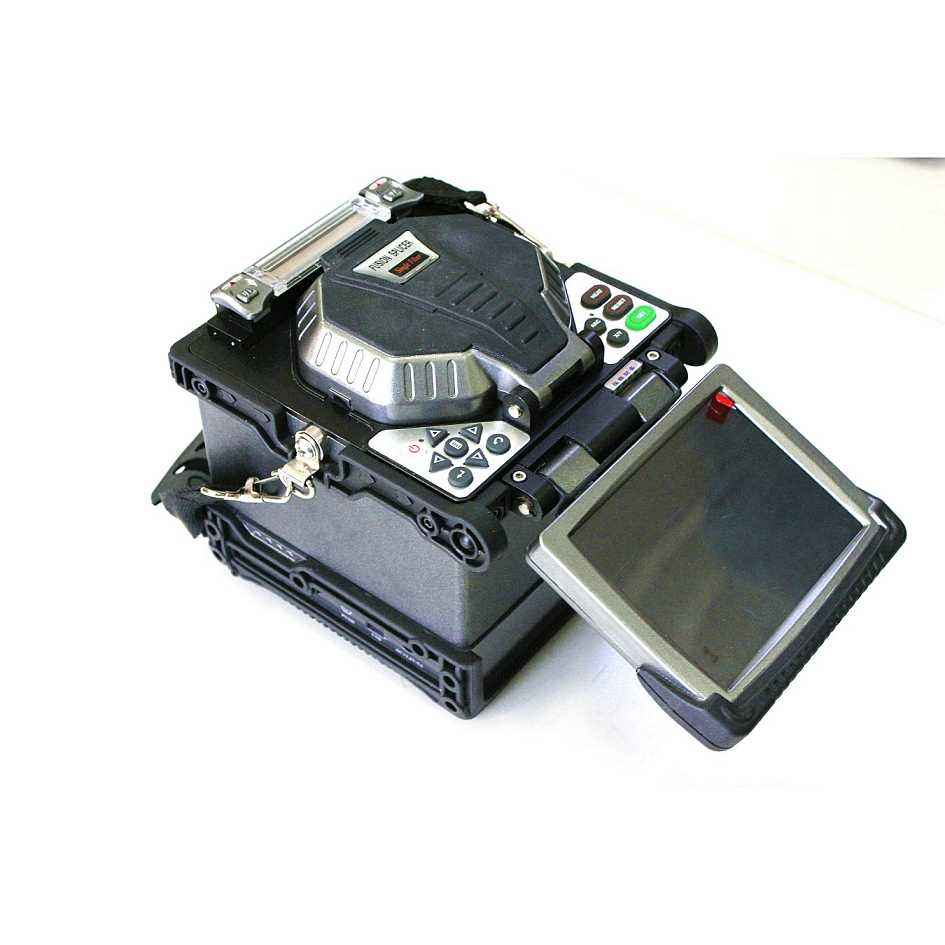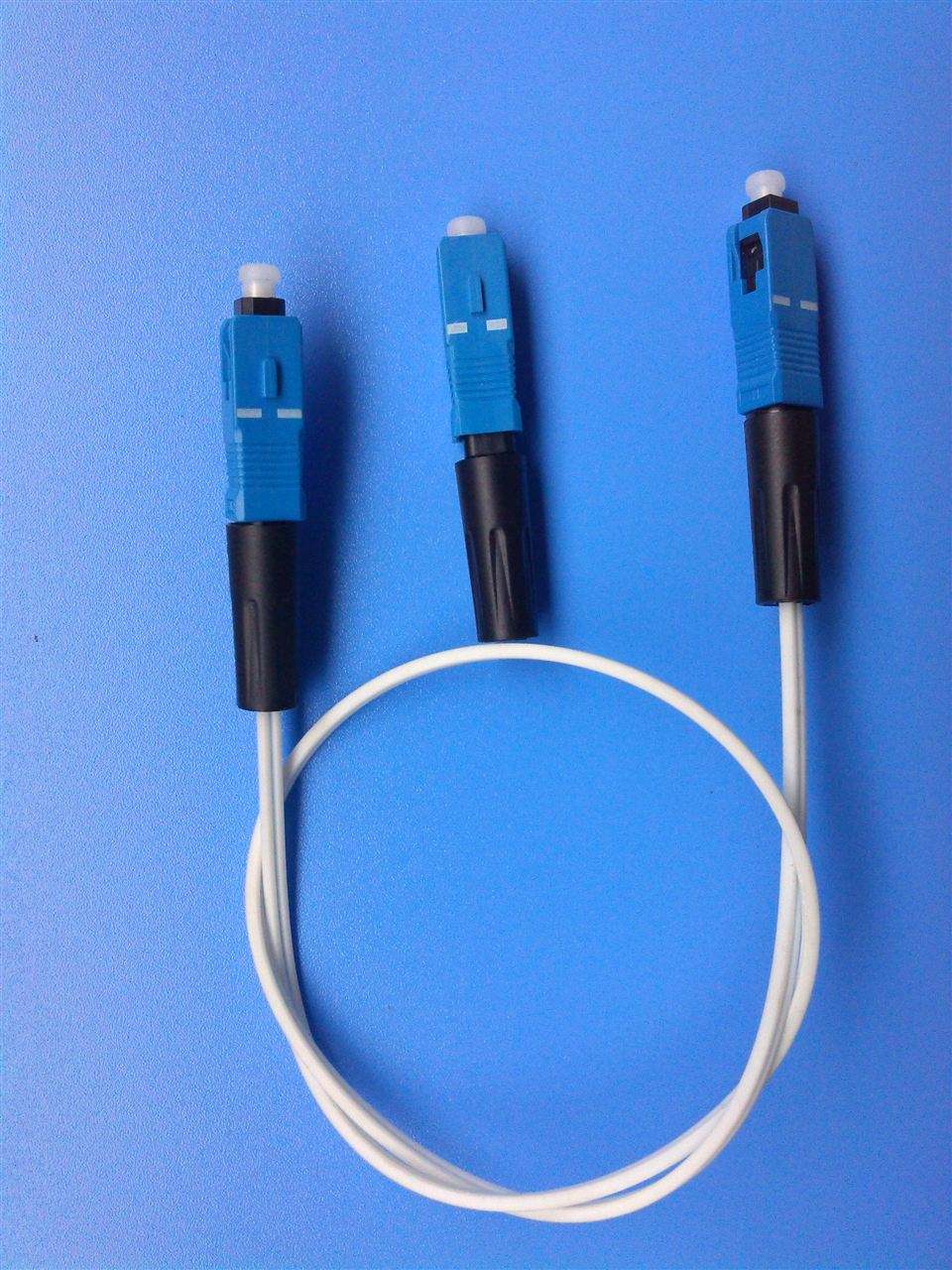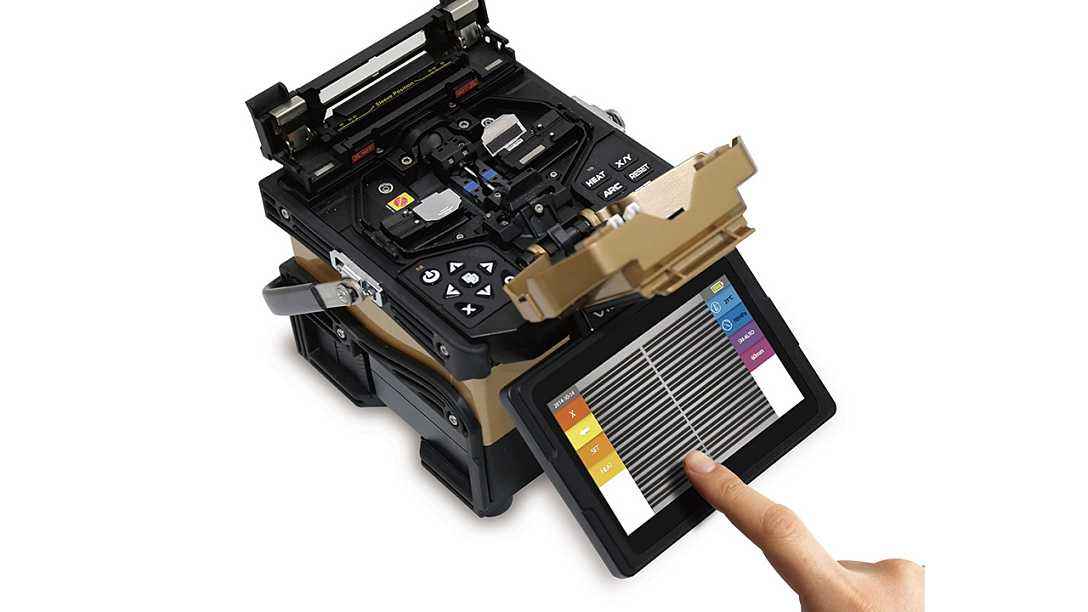- Fiber Optic Transceiver Module
- High Speed Cable
- Fiber Optical Cable
- Fiber Optical Patch Cords
- Splitter CWDM DWDM
- PON Solution
- FTTH Box ODF Closure
- PCI-E Network Card
- Network Cables
- Fiber Optical Adapter
- Fiber Optical Attenuator
- Fiber Media Converter
- PDH Multiplexers
- Protocol Converter
- Digital Video Multiplexer
- Fiber Optical Tools
- Compatible
- Can SFP+120KM be available? ...
- Why the price has so huge di...
- Can XFP transceiver modules ...
- Must optical fiber jumper be...
- Is there a module which can ...
- Can different brands SFP tra...
- How long will you change you...
- The difference between DDM S...
- Comparison of EPON and GPON
- Should we use 3rd party’s ...
- How to make differences betw...
- What is Drop Cable?
- Comparison of CWDM and DWDM ...
- GEPON Technology
- Differences of OM1, OM2, OM3...
- What is the armored fiber op...
- What is DAC cable?
- How to Choose A Right Fusion...
- Why Using a Compatible SFP O...
- Optical fiber transmission l...

How to Choose A Right Fusion Splicer
Fusion splicer is mainly used for optical cable construction and maintenance in optical communication, so it is also called optical fiber fusion splicer. The general working principle is using a high-voltage arc to melt the two fiber sections while gently propelling the two fibers into one with a high-precision motion mechanism to achieve coupling of the fiber mode field.

The optical fiber fusion splicers can be classified as multi-mode and single-mode fiber fusion splicer by spliced fiber category. Different types of optical fibers have greater differences in the requirements of the fusion splicer's structure and optical fiber alignment accuracy. The general multi-mode fusion splicer cannot be used for single-mode optical fiber fusion. The single-mode fusion splicer can be used for multi-mode optical fiber fusion splicing by changing the welding parameters. This is because the fiber alignment methods of the multimode and single mode fiber fusion splicer are different. The fiber alignment method of the multimode fiber fusion splicer uses the alignment of the cladding alignment(125μm); the fiber alignment of the single mode fiber fusion splicer The method uses the core alignment. Since the mode field diameter of the single mode fiber core is very small, only 1/5 of the multimode (810 microns), the core alignment method is required to have high precision.

The optical fiber fusion splicers can also be classified as mechanical optical fiber fusion splicer and heating-type fiber fusion splicer by its working method. Freeze welding has the advantages of rapid construction, easy operation and so on. At the same time, there are also these disadvantages: two optical fibers need to be prepared in the field, and the construction strength is large; the connection performance is completely dependent on the matching liquid, and the coating layer does not meet the requirements of the site. Heat welding, the optical fiber will not be bent under the protection and fixation of the tail sheath and has the advantages of good continuity, high stability and long service life. However, it also has the following deficiencies: The fiber is easy to break during the plugging and unplugging process of the connector; after testing the tailings of the fusion-splicer, it will be scrapped if it is not well cut and the cost is high; if the connection is unsuccessful, it cannot be reused.


Nowadays,by analyzing the working method of different optical fiber fusion splicers and considering the working environment,we can easily distinguish which kind of splicer is the most appropriate for us. There is a contrast which can be a reference for choice.
Connection method | Heat welding (permanent) | freeze welding (emergency) | active connection |
Method | welding Spot fusion by discharging | fixing and bonding two fibers together by mechanochemistry | Using various fiber optic connection devices to connect sites to sites or sites to fiber optic cables |
Application | Generally used in the long-distance connection, permanent or semi-permanently fixed connection | Emergency construction | Inside a building |
Loss Value | 0.01-0.03dB/point | >0.1dB | >1dB |
Advantages | Permanency、Low Loss Value | fast connection for emergency use in a short time | flexibility & simplicity |
Disadvantages | highly Dependent on the performance of the machine | instability after long-term use、 highly increasing attenuation | huge attenuation |
About freeze welding
1. Great dependence on cutting quality during construction;
2. The cutting length has a great anthropogenic influence on the fiber connection characteristics;
3. Connector performance indicators cannot be factory tested (IL, RL);
4. It relies on the light source, optical power meter, and other equipment to ensure the quality of the connection, increasing the cost of test equipment, test time and labor;
5. The performance index of Insertion loss (0.3dB) and return loss (UPC, 45dB) are not good.They can not meet the high return loss (APC) demand;it is difficult to meet future system high-speed requirements and system expansion requirements (1: 32-1:64-1:128);
6. In addition to insertion loss (IL) and return loss (RL) indicators, conventional connectors also have mechanical specifications of the product: the radius of curvature of the connector end face, the eccentricity rate and Subsidence rate of the optical fiber. But also because of these indicators, it is guaranteed that the performance specification of the connection between any two connectors is good; but all this is guaranteed by grinding; the straight-through fiber structure cannot be guaranteed, so it is difficult to ensure the repeatability of the fiber connection;
7. The concentricity and repeatability of the optical fiber and the ferrule is poor (the difference in the size of the field fiber is 122um~126um);
8. The bare quartz fiber is exposed and the product life is short;
9. Poor stability, increase the follow-up maintenance costs;
About Heat welding
1.FTTH hot melt solution for indoor fiber fusion bonding multi-energy fusion spathe icer With Customized the hot melt quick connector SC, FC, LC.
2.The simple and quick operation, the high success rate of the connection, lower maintenance costs.
3.Long service life, good reliability, reduced maintenance costs, improved network stability, good optical performance indicators, and reduced reinvestment of future network commissions
4. The traditional fusion splicer is bulky and requires many accessories.It is complicated in operation and is not easy to carry
5. Multi-functional micro-computer of the equipment is light and high, suitable for distributed operations, and other work environment operations, suitable for on-site operations for convenient Cutting, welding, cleaning, heat shrinking.
6.Less human factors and no special training
7.No need for separate splice protection, fiber length can be effectively controlled
8. Meet various requirements, UPC, APC, FC SC LC 3mm sheath cables, etc.
9. Short stay in the room, quick and concise operation process, does not infringe the privacy of residents
10.Reduce other equipment costs by reducing tooling such as testing. Minimum number of construction staff to reduce construction costs.
11. Not affected by the external environment, high opening rate, lower maintenance costs.
So,It’s no doubt that using fiber Fusion Splicer is a more efficient and quality- guaranteed way to finish the optic fiber welding work. With following merits of our fiber optic fusion splicer,you will half complete the work with double results.
l Compact & Light weight
l Applied for Fibers, Cables and SOC (splice- on connector)
l Integrated Holder Design
l Fully Automatic, Semi-automatic and Manual Operation
l Shockproof, Drop resistance
l Power saving Function
l 4.3-inch Color LCD monitor
l USB&DC interface
So come to sopto.com to get more information,we will furnish you with the most satisfied products.


